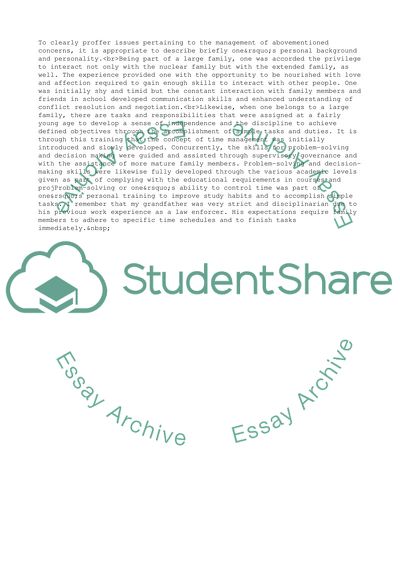Cite this document
(“Techniques in Problem Solving and Decision Making Assignment”, n.d.)
Retrieved from https://studentshare.org/management/1572292-leading-and-managing-in-organisations
Retrieved from https://studentshare.org/management/1572292-leading-and-managing-in-organisations
(Techniques in Problem Solving and Decision Making Assignment)
https://studentshare.org/management/1572292-leading-and-managing-in-organisations.
https://studentshare.org/management/1572292-leading-and-managing-in-organisations.
“Techniques in Problem Solving and Decision Making Assignment”, n.d. https://studentshare.org/management/1572292-leading-and-managing-in-organisations.


